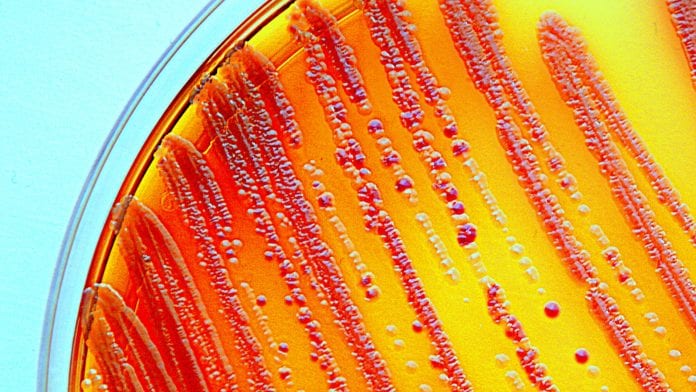
Antibiotic and antimicrobial resistance is a huge threat to human health and now a team of scientists have developed a new device that can help detect these bacteria much faster than currently used methods.
There is a global fight against antibiotic resistance but it is moving slow due to the amount of time needed to test for these bacteria with the conventional method, which uses extracted bacteria from a patient and compares lab cultures grown with and without antibiotics. Results from this kind of testing can take one to two days, increasing the mortality rate, the length of hospital stay, and overall cost of care.
Now, in new research published in the journal Biosensors and Bioelectronics, Associate Professor Seokheun “Sean” Choi at the Department of Electrical and Computer Engineering at Binghamton University‘s Thomas J. Watson College of Engineering and Applied Science, has developed a testing device that is much faster at testing for antibiotic resistant strains of bacteria.
Developing a new testing method
In recent years, Choi has developed several projects that cross “papertronics” with biology, including the development of one biobatteries using human sweat. Working with PhD students Yang Gao, Jihyun Ryu, and Lin Liu, Choi’s new research relies on the same principles as the batteries, which is bacterial electron transfer – a chemical process that certain microorganisms use for growth, overall cell maintenance, and information exchange with surrounding microorganisms.
Choi said: “To effectively treat the infections, we need to select the right antibiotics with the exact dose for the appropriate duration. There’s a need to develop an antibiotic-susceptibility testing method and offer effective guidelines to treat these infections.
“We leverage this biochemical event for a new technique to assess the antibiotic effectiveness against bacteria without monitoring the whole bacterial growth. As far as I know, we are the first to demonstrate this technique in a rapid and high-throughput manner by using paper as a substrate.”
For this method, a medical team would extract a sample from a patient, inoculate the bacteria with various antibiotics over a few hours, and then measure the electron transfer rate. A lower rate would mean that the antibiotics are working. This would produce results from the device in just five hours – serving as a vital point-of-care diagnostic tool.
Choi commented: “The hypothesis is that the antiviral exposure could cause sufficient inhibition to the bacterial electron transfer, so the readout by the device would be sensitive enough to show small variations in the electrical output caused by changes in antibiotic effectiveness.
“Although many bacteria are energy-producing, some pathogens do not perform extracellular electron transfer and may not be used directly in our platform. However, various chemical compounds can assist the electron transfer from non-electricity-producing bacteria.
“For instance, E. coli cannot transfer electrons from the inside of the cell to the outside, but with the addition of some chemical compounds, they can generate electricity. Now we are working on how to make this technique general to all bacteria cells.”









